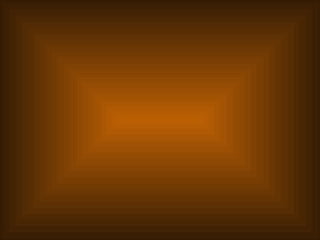
The Celts: Houses, Clothing, Food, Weapons and Religion
- 2. The Celts Popova Nastya Iskakova Diana
- 3. Houses Clothing Contents Food Weapons and warriors Religion
- 4. "Most of the Britain’s inland inhabitants do not sow corn, but live on milk and flesh, and are clad with skins. All the Britons indeed, dye themselves with woad, which occasions a bluish colour, and thereby have a more terrible appearance in fight. They wear their hair long, and have every part of their body shaved except their head and upper lip. " Julius Caesar ( Roman Emperor)
- 5. Houses The Celtic tribes lived in scattered villages. They lived in round houses with thatched roofs of straw or heather. The walls of their houses were made from local material. The houses in the north were made with large stones held together with clay.
- 6. The Celts would light a fire in the middle of the roundhouse for cooking and heating. It must have been very smoky inside.
- 7. Animals were often kept inside the house at night.
- 8. Clothing The Celts loved bright dazzling colours. They dyed their woollen trousers and tops bright colours.
- 9. Before being woven the wool was spun using drop spindles. The wool cloth material made on the loom would then have been sewn together using a bone or metal needle and wool thread.
- 10. Clothes were made from wool and dyed with natural vegetable dyes (plants and berries) and woven by hand on a vertical loom (pictured below).
- 11. Jewellery The Celts also loved to wear jewellery made from bronze, gold, tin, silver, coral and enamel. Torc (neck ring) Warriors wore a Torc (pictured right), a circular twisted metal neckband. It was made from gold, silver, electrum (gold-silver alloy), bronze and/or copper. Bratt (cloak) Cloaks were made from wool and fastened by brooaches and pins. Tunics Tunics were mainly worn by men. They were a simple 'T' shape and worn at any length from the knee to the ankle. Men would wear a tunic with a belt, a cloak and trousers.
- 12. S andals
- 13. Food There were no supermarkets or shops to buy food so the celts ate what food they could grow or hunt.
- 14. Weapons and warriors Celtic warriors carried long, or oval shaped shields, spears, daggers and long slashing swords made of iron. The Celtic warrior's deadliest weapon was his long sword, which he whirled around his head and brought crashing down on the enemy Celtic shields were made of oak, probably covered in hide or felt, and had a central strip of iron.
- 15. Religion The Celts believed that the human soul had an afterlife, so when a person died they were buried with many things they would need for the after life. Warriors were often buried with a helmet, a sword or dagger, shield and in some cases, even a chariot. The Celts believed in many gods and goddesses: over 400 in fact.
- 16. Thank you for attention
